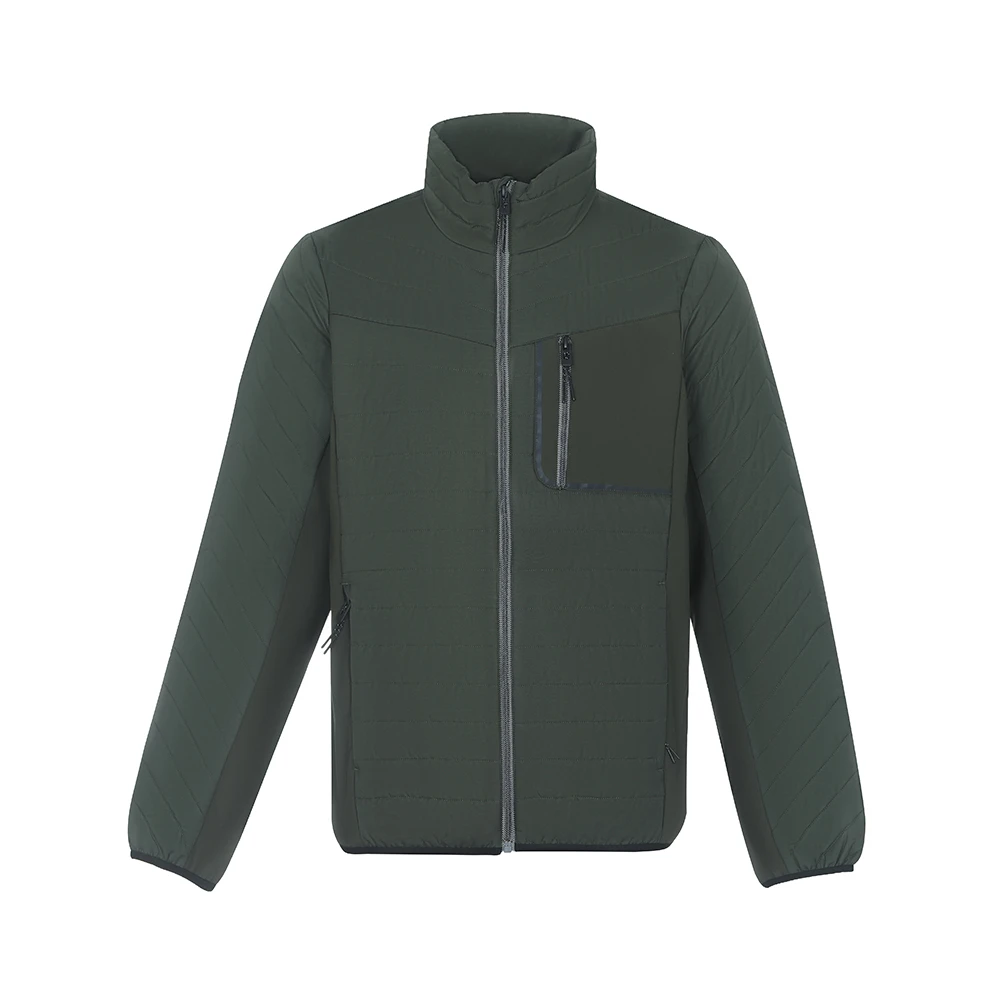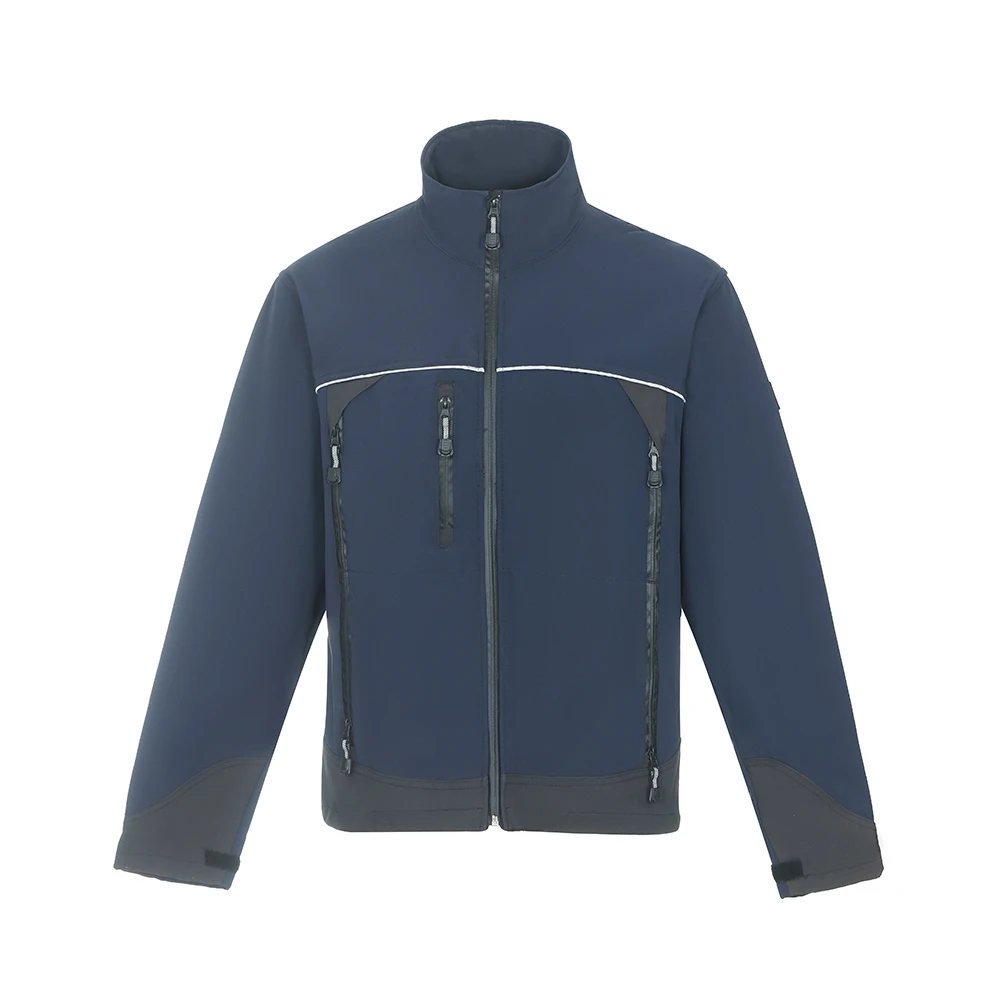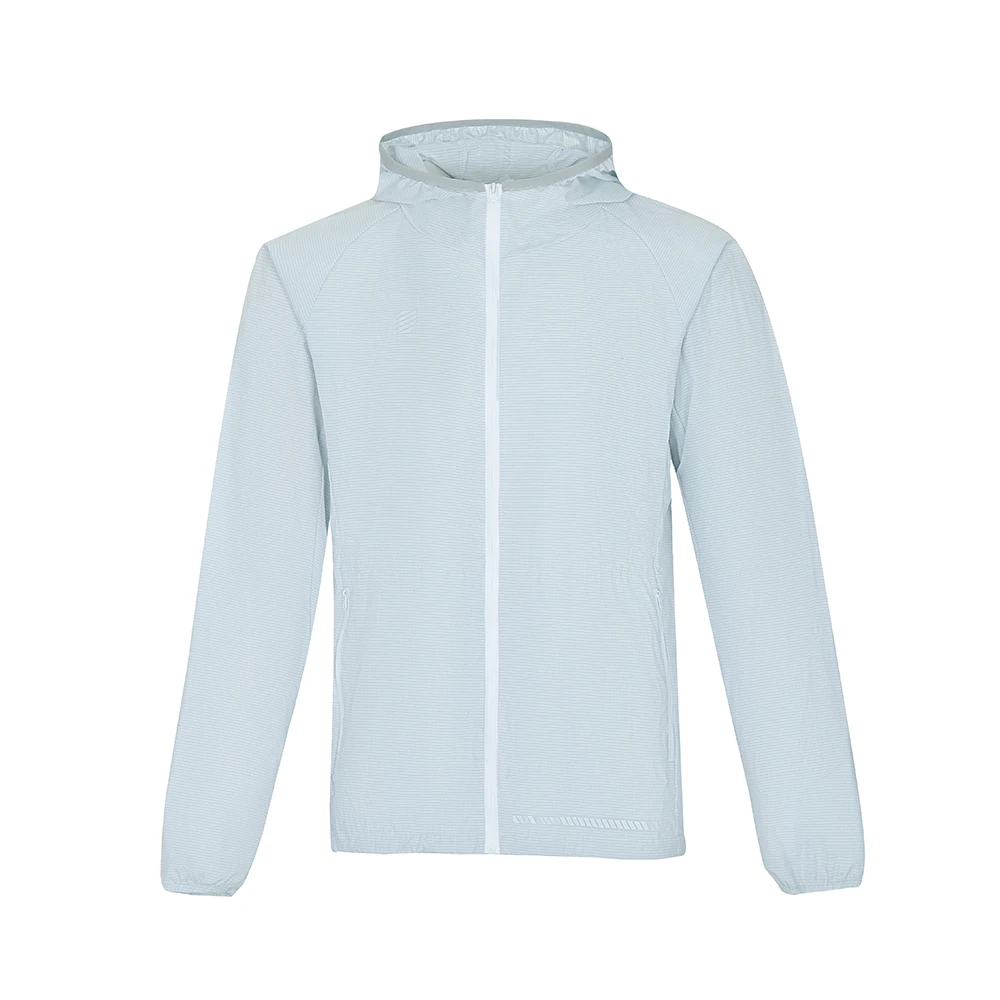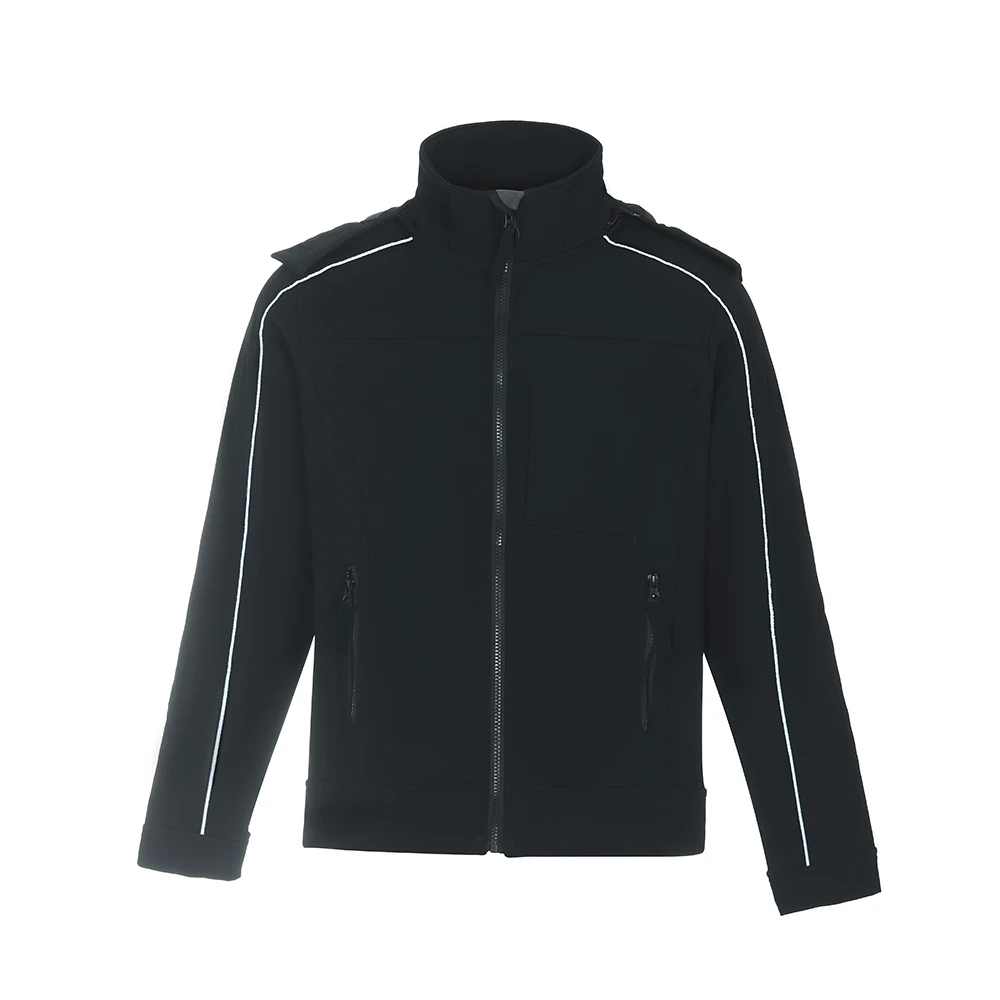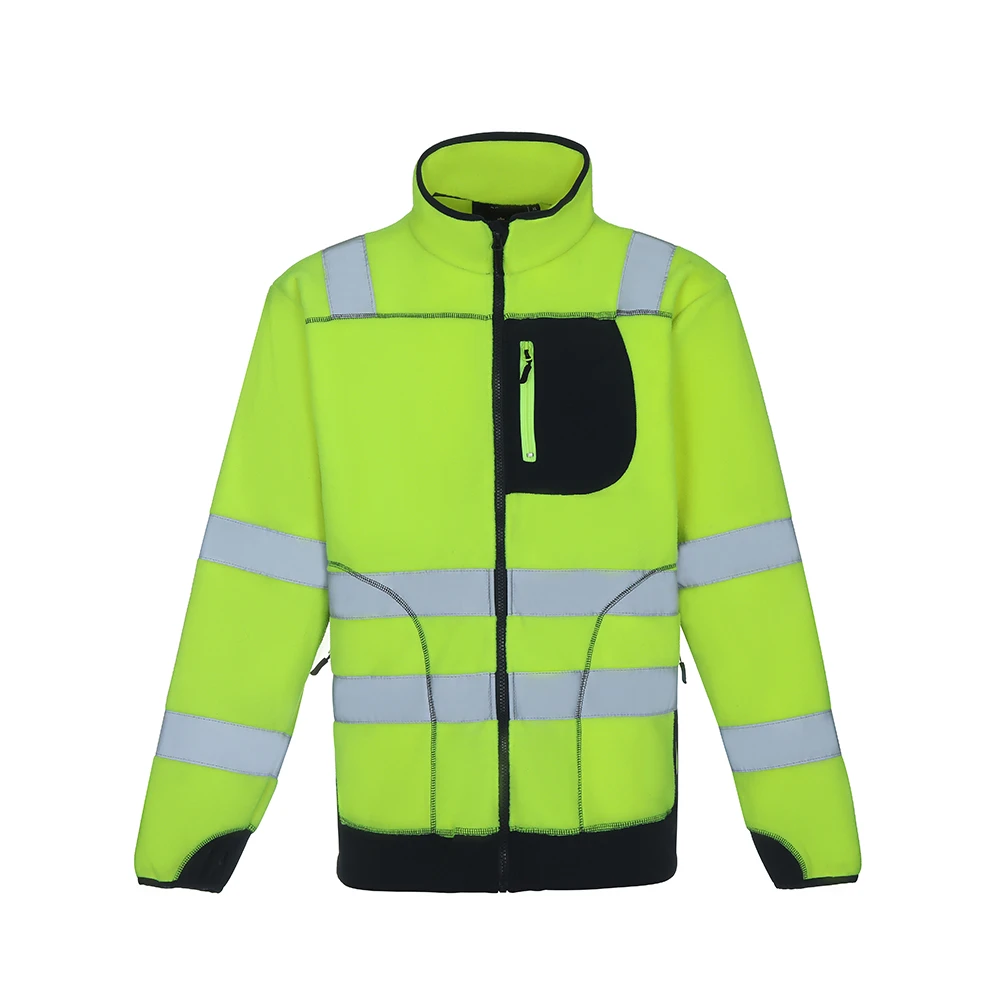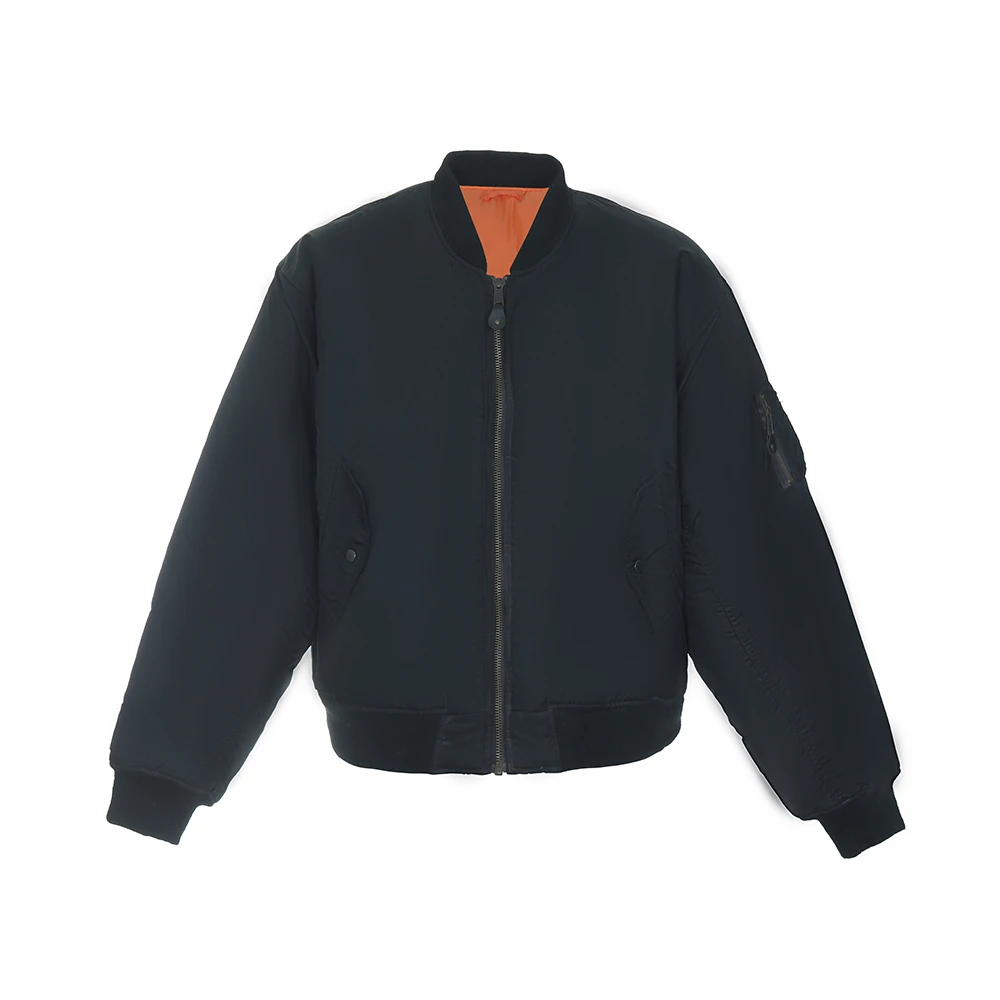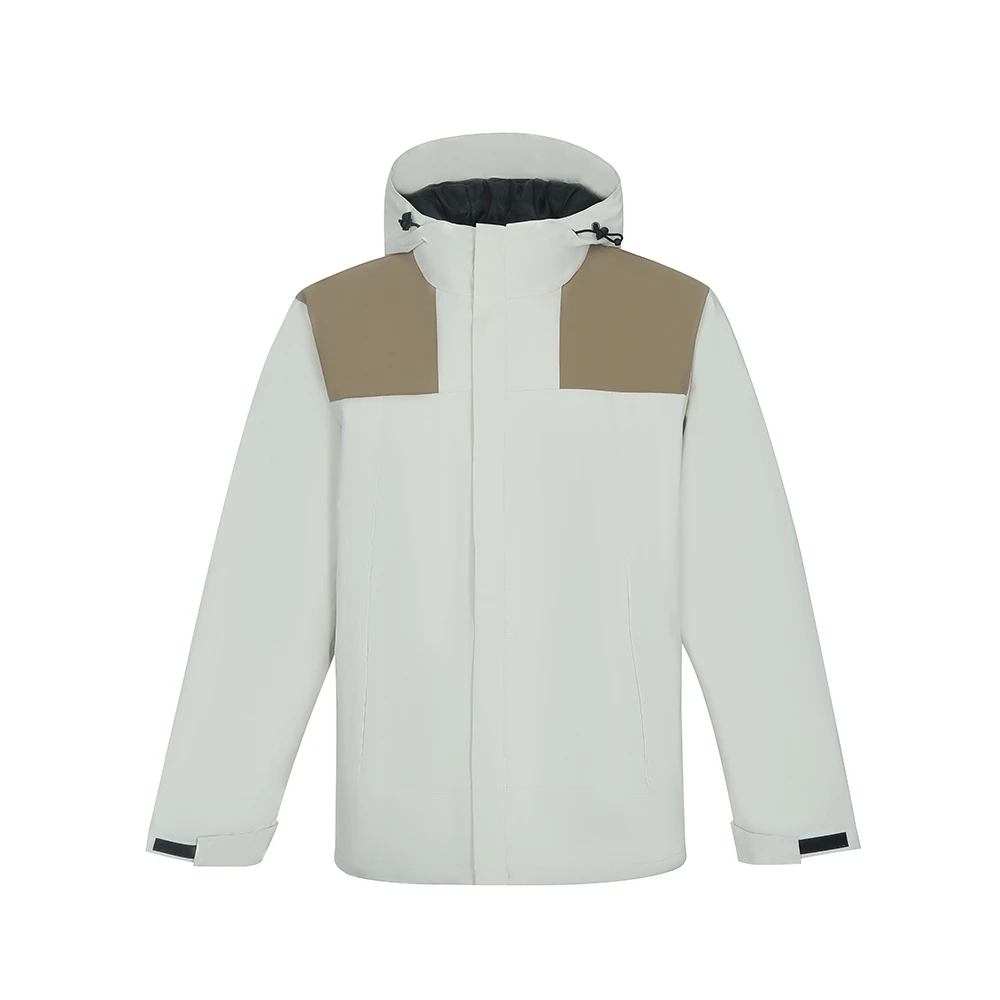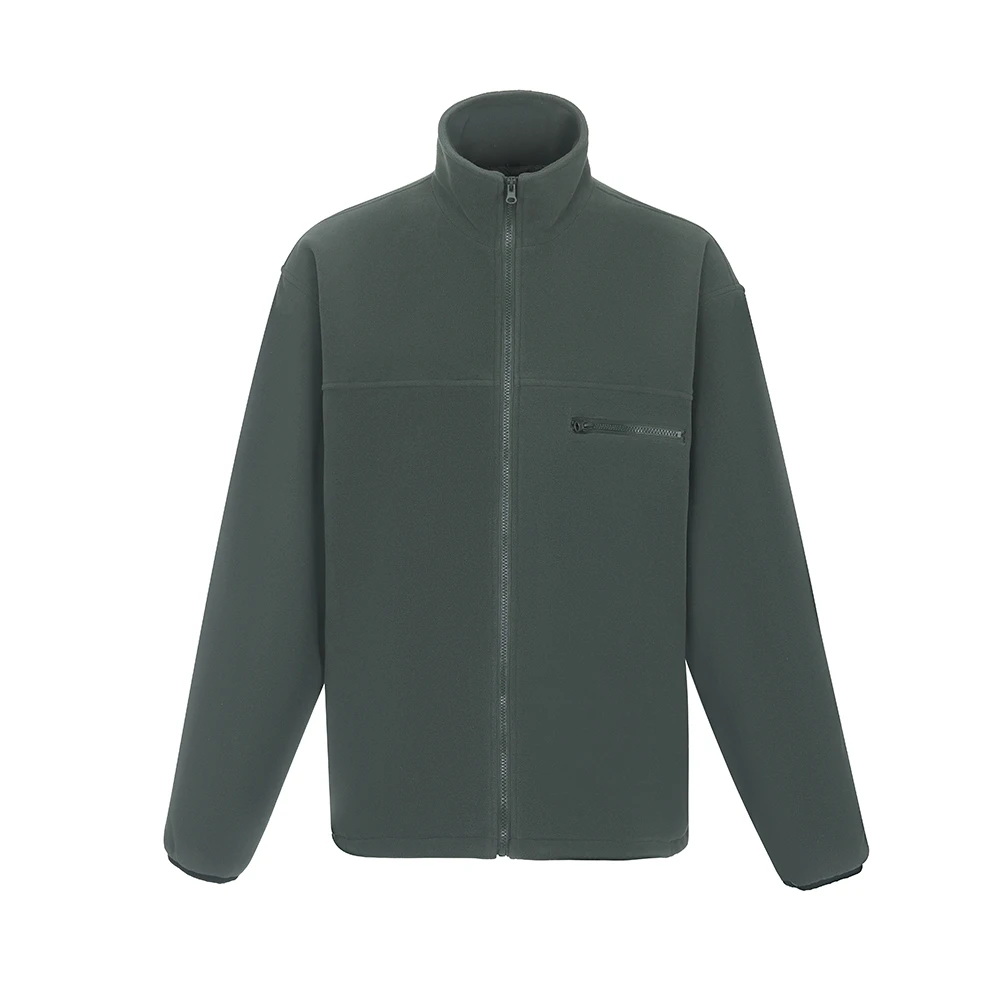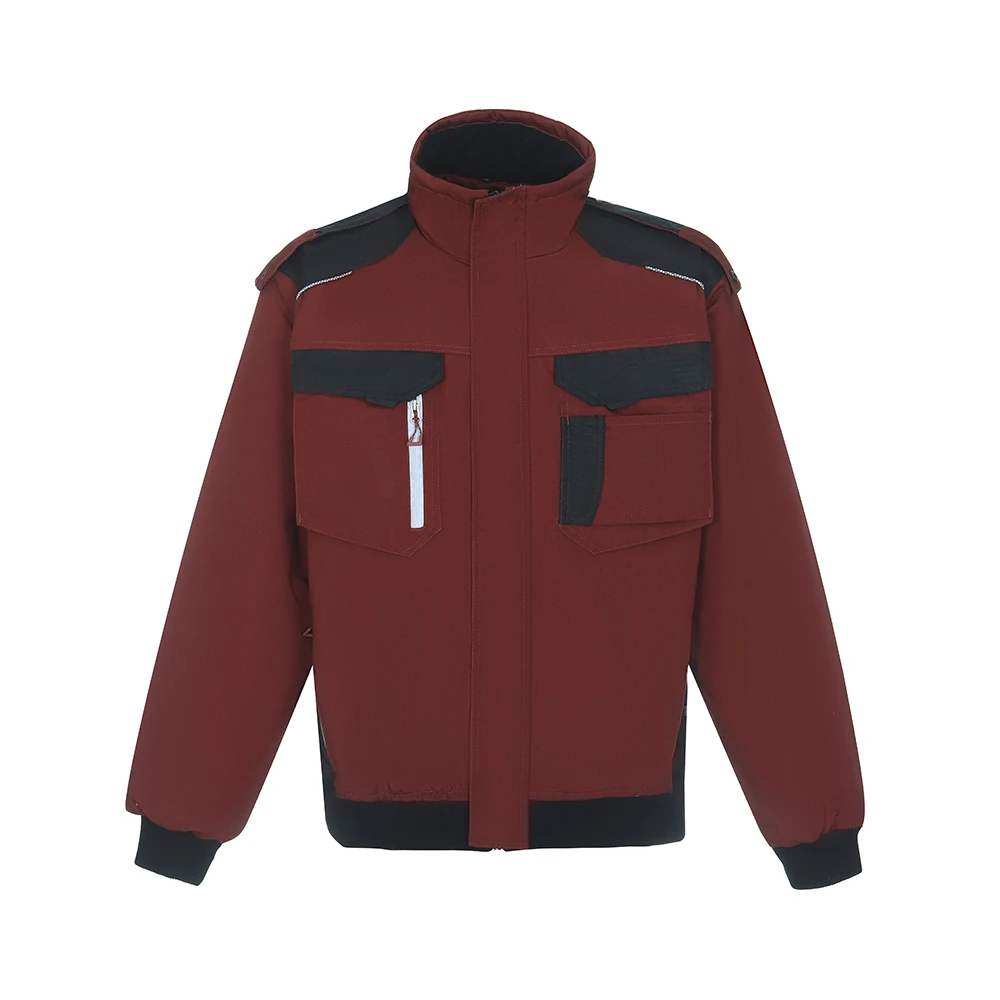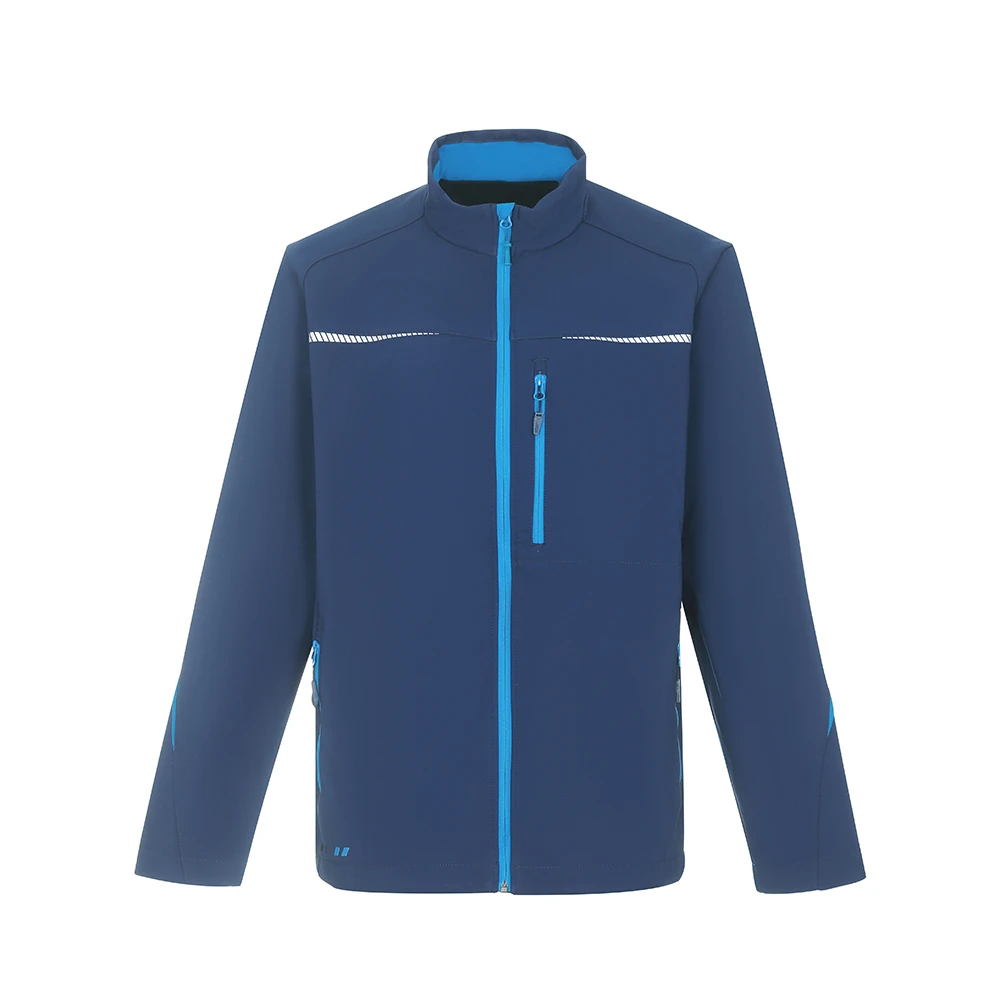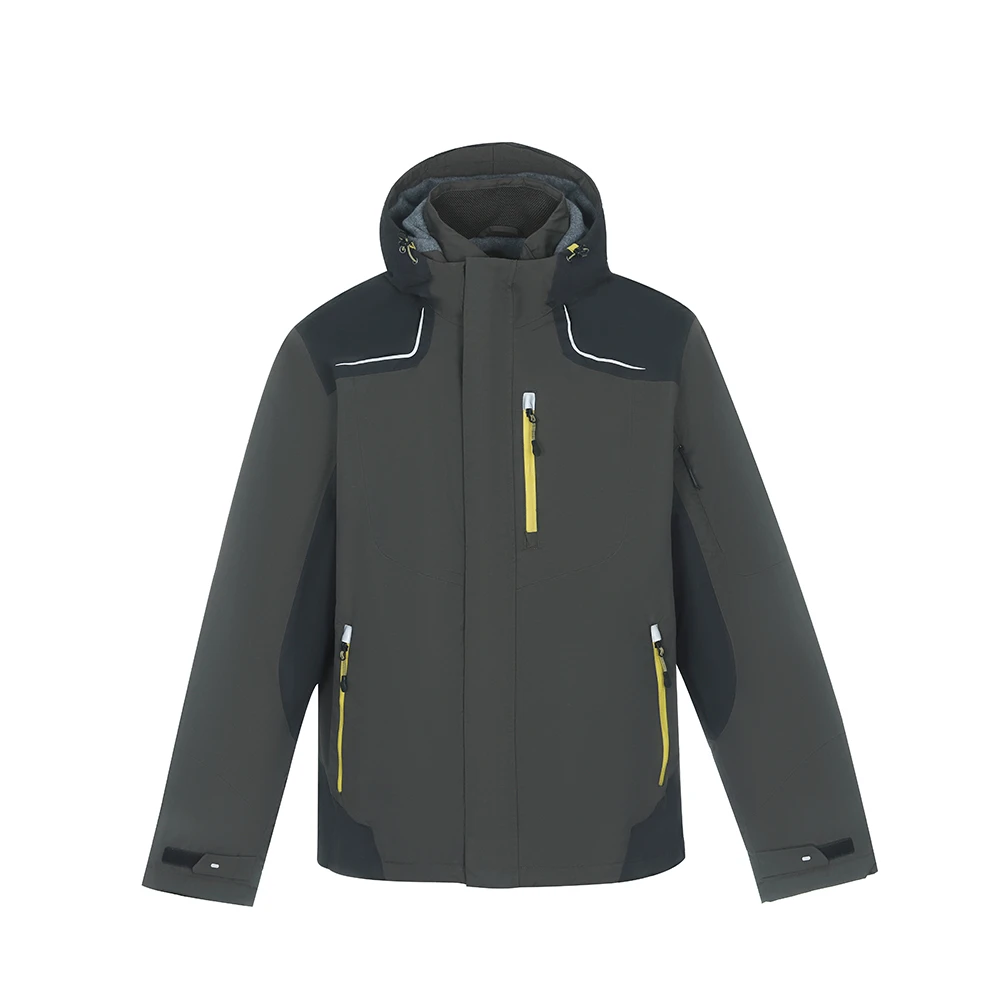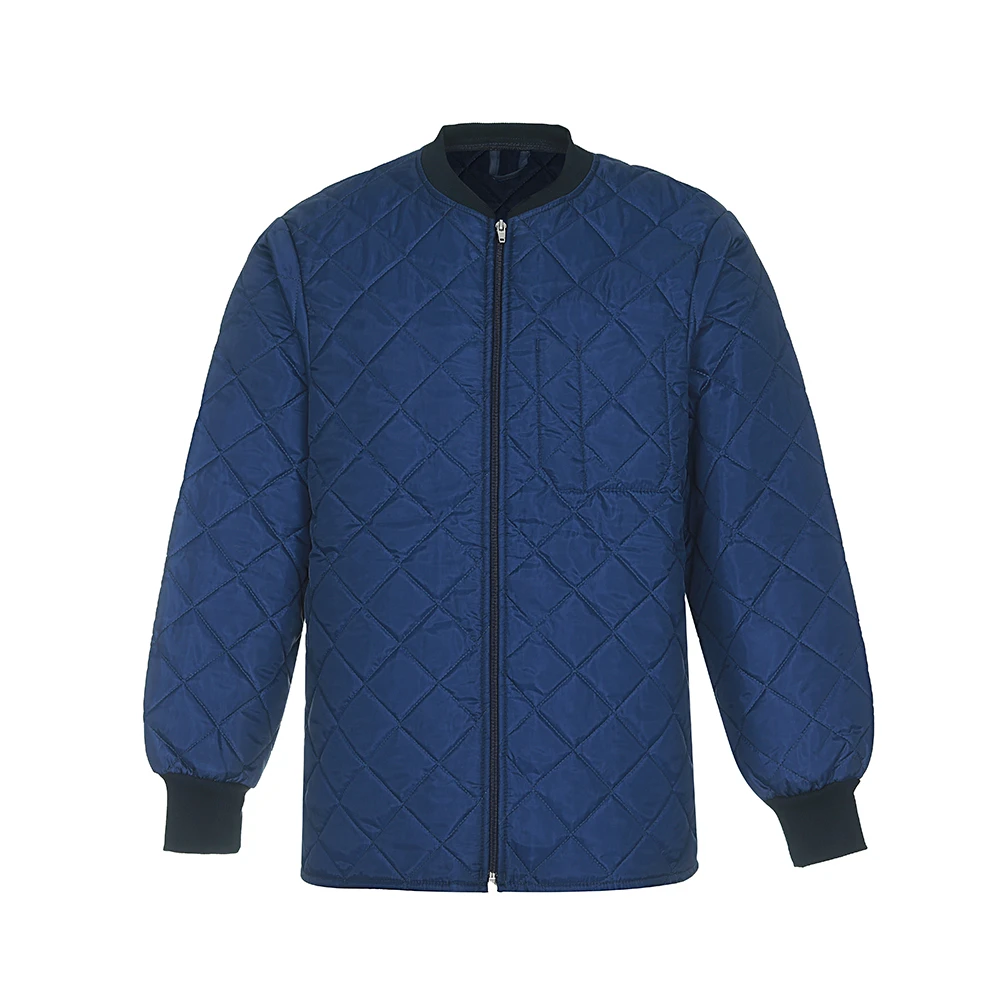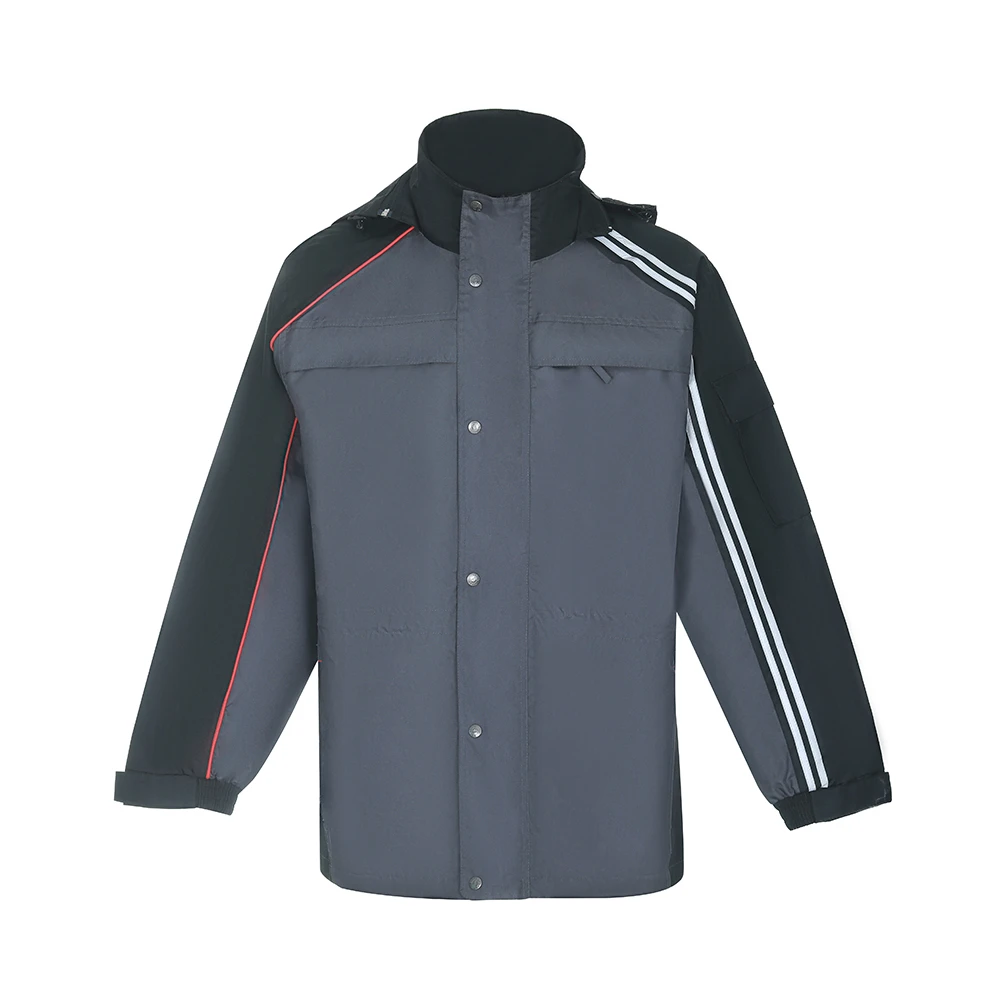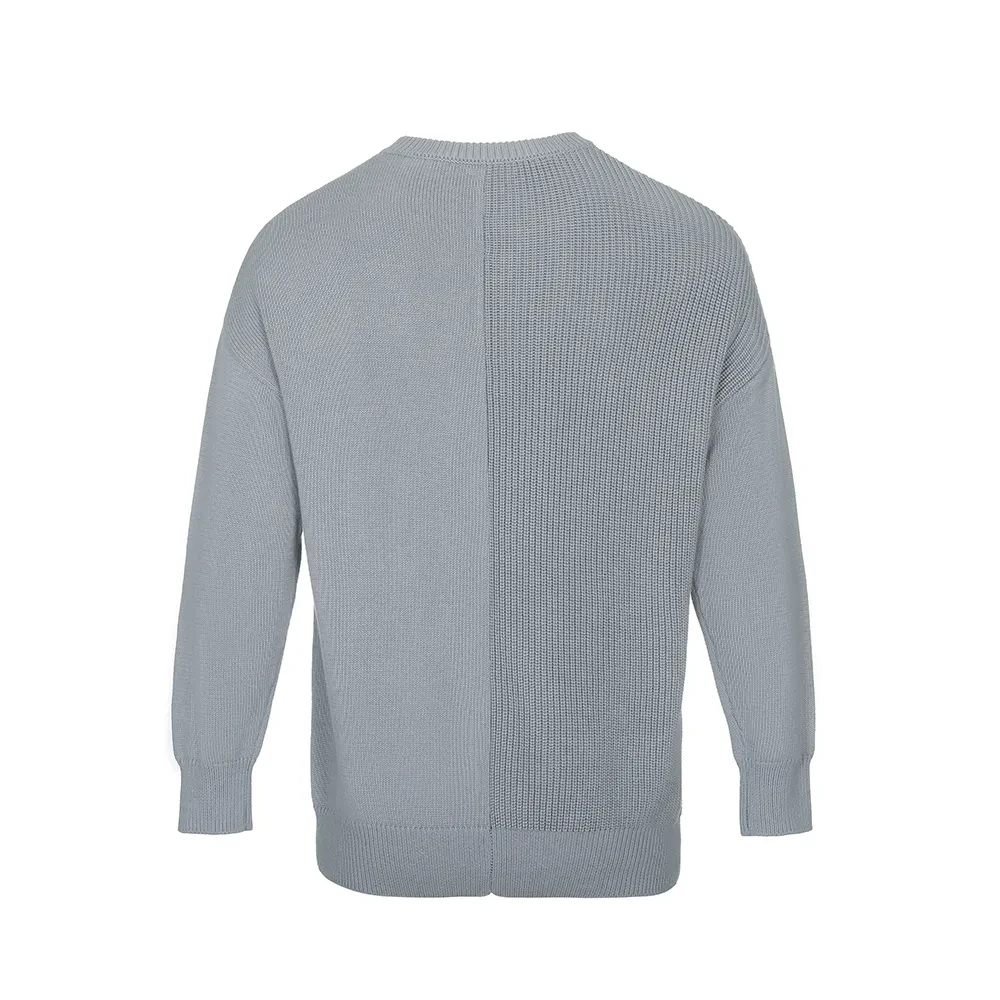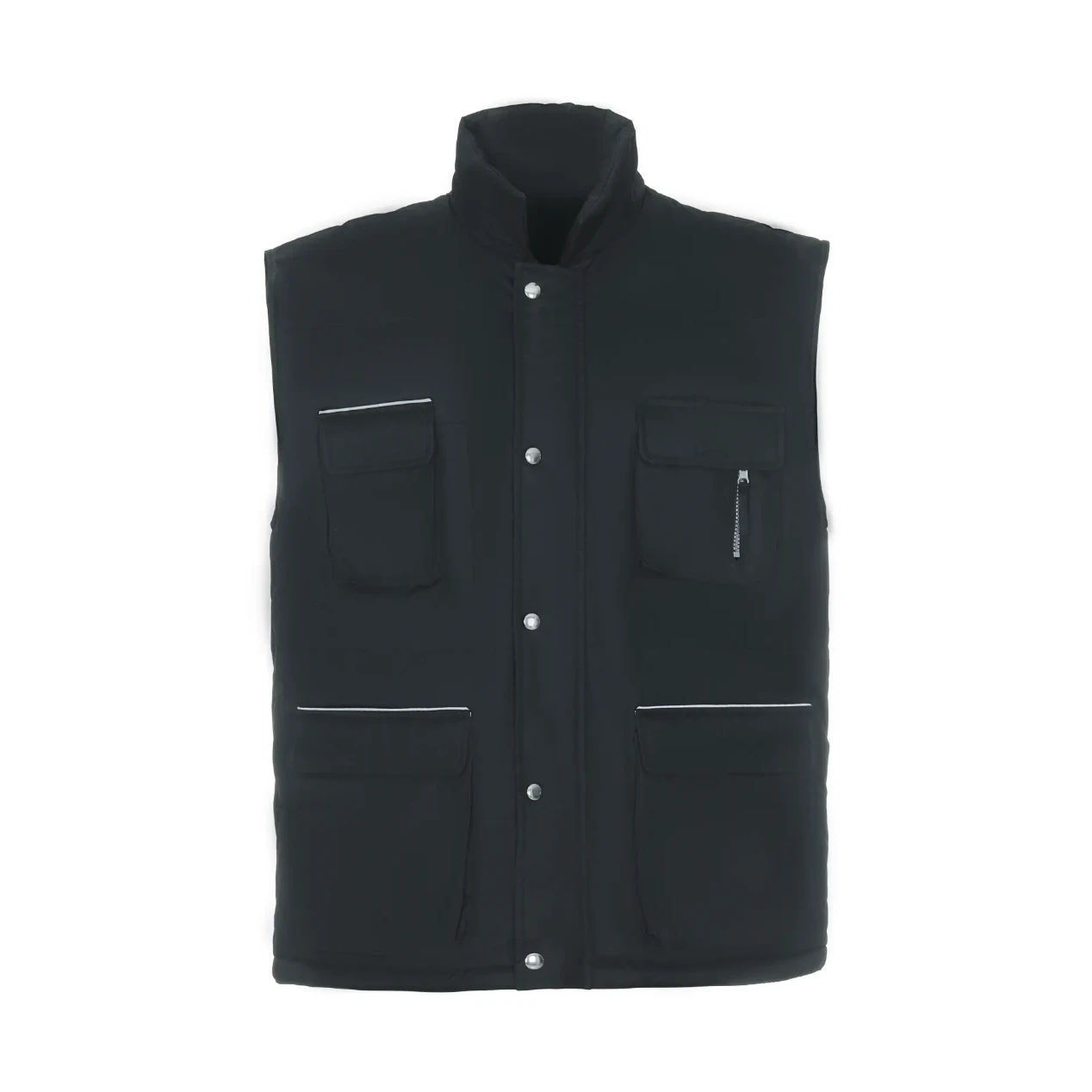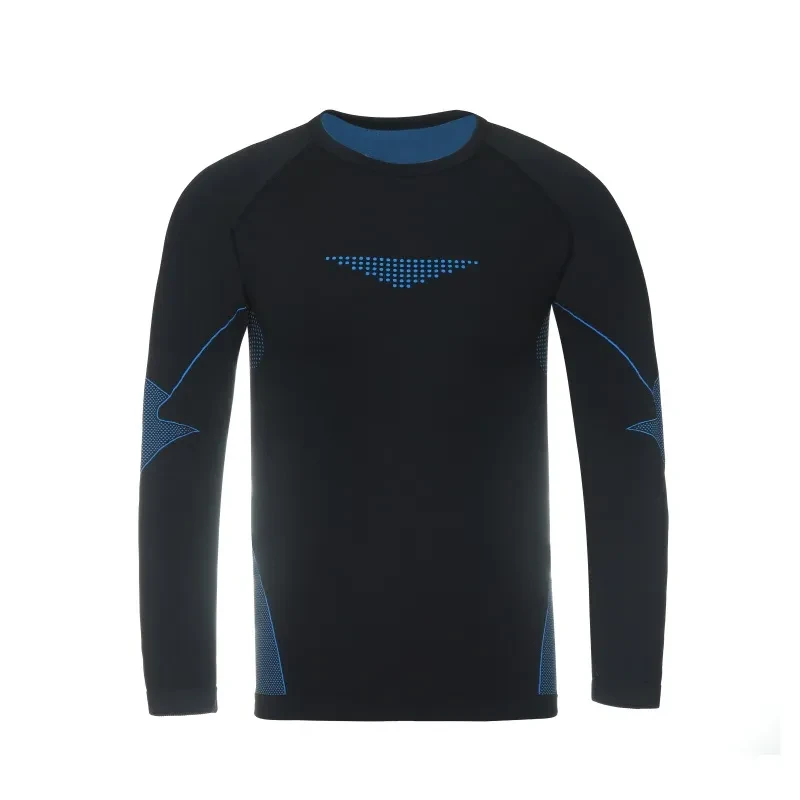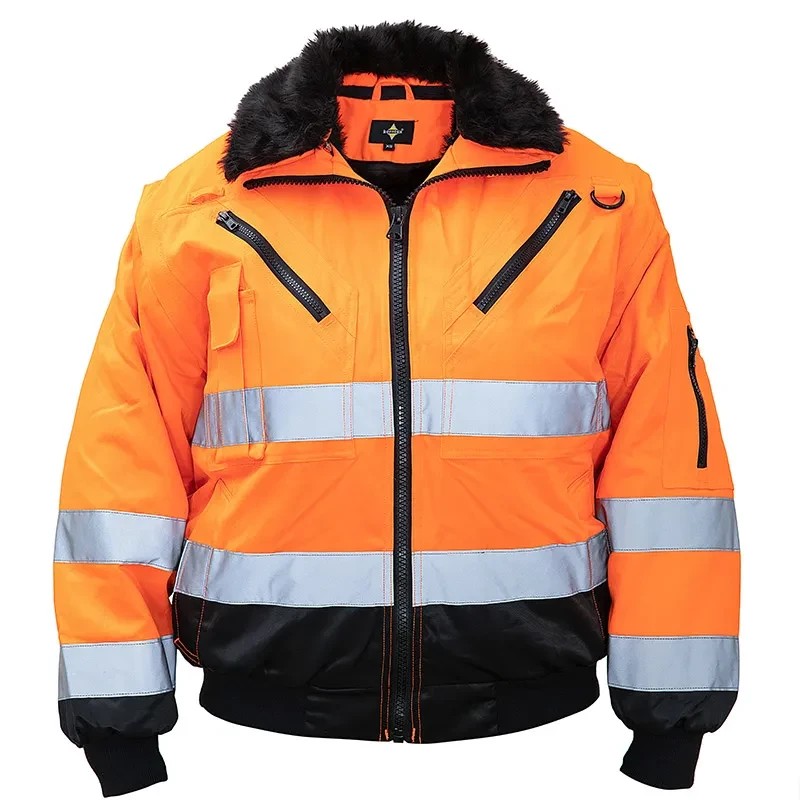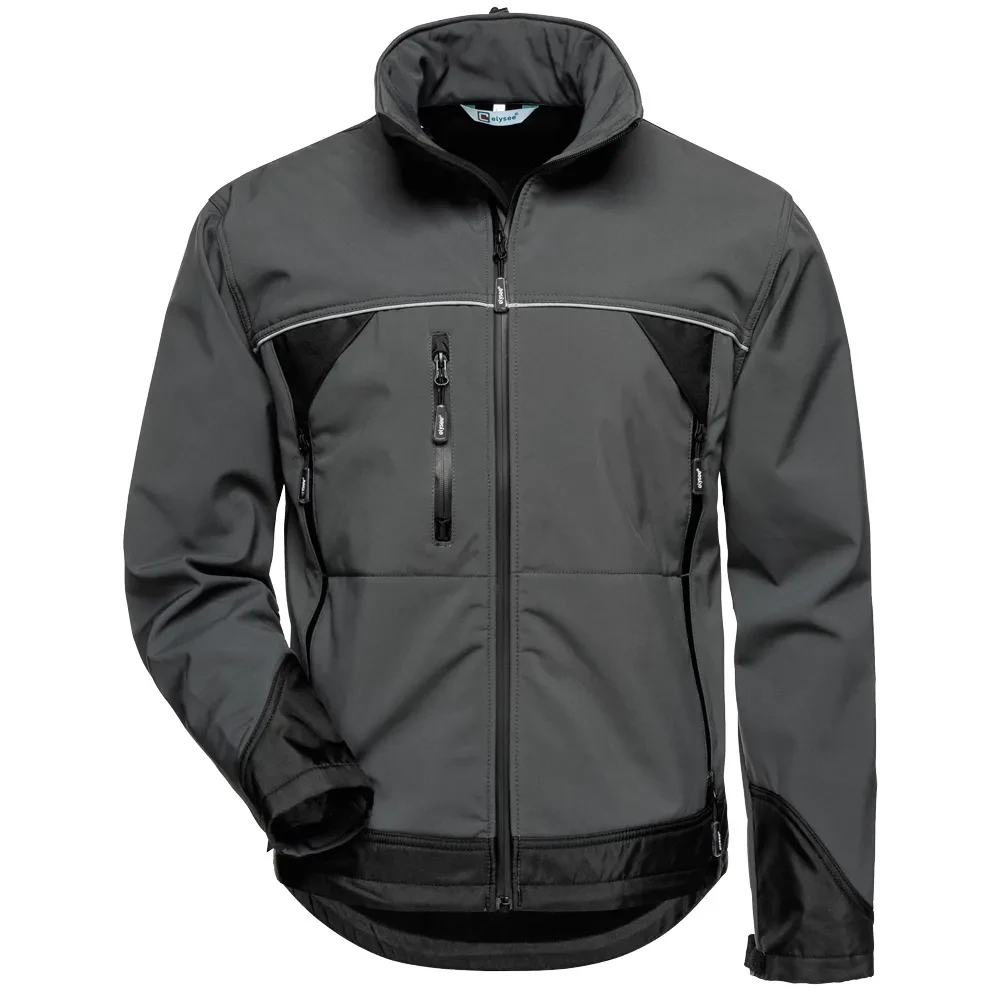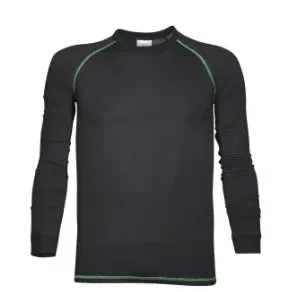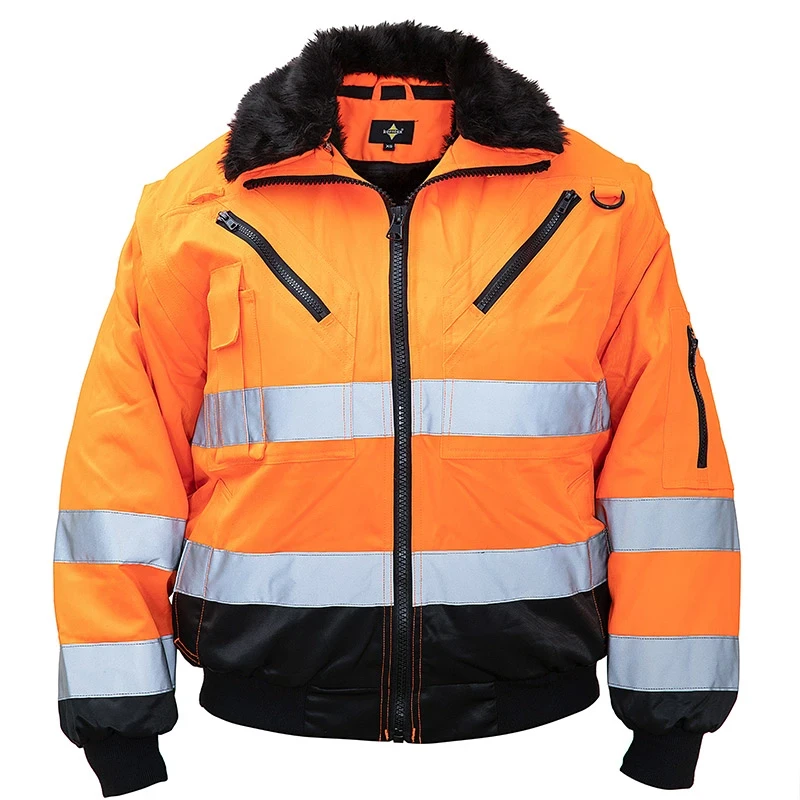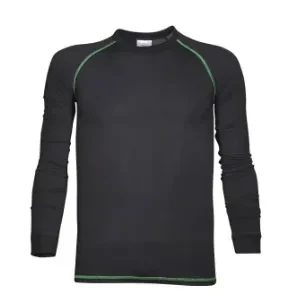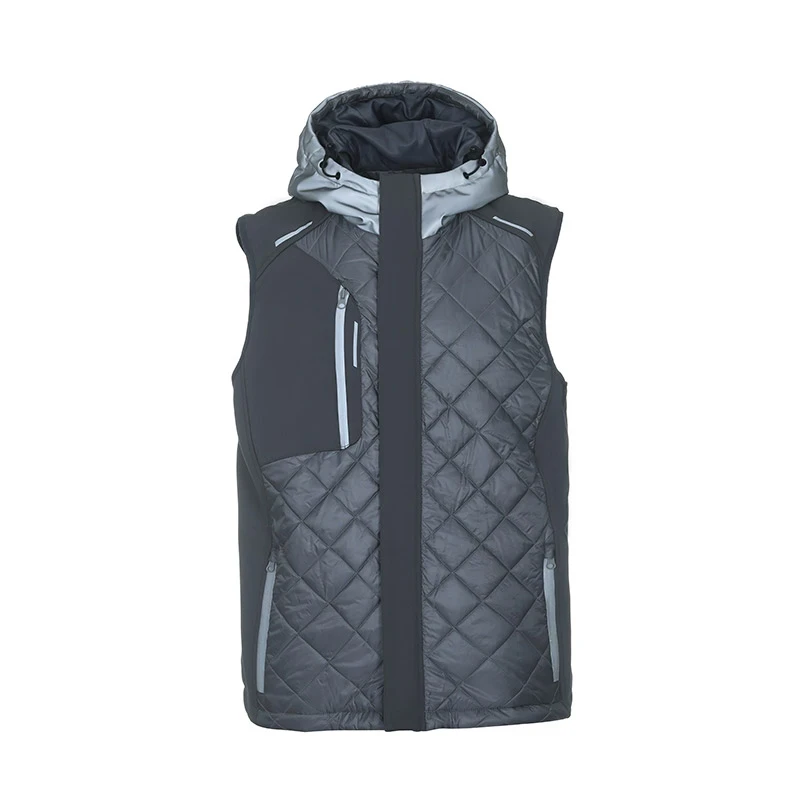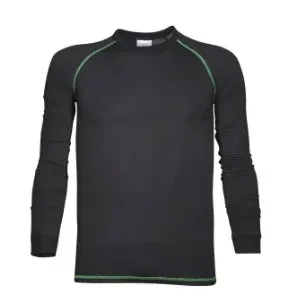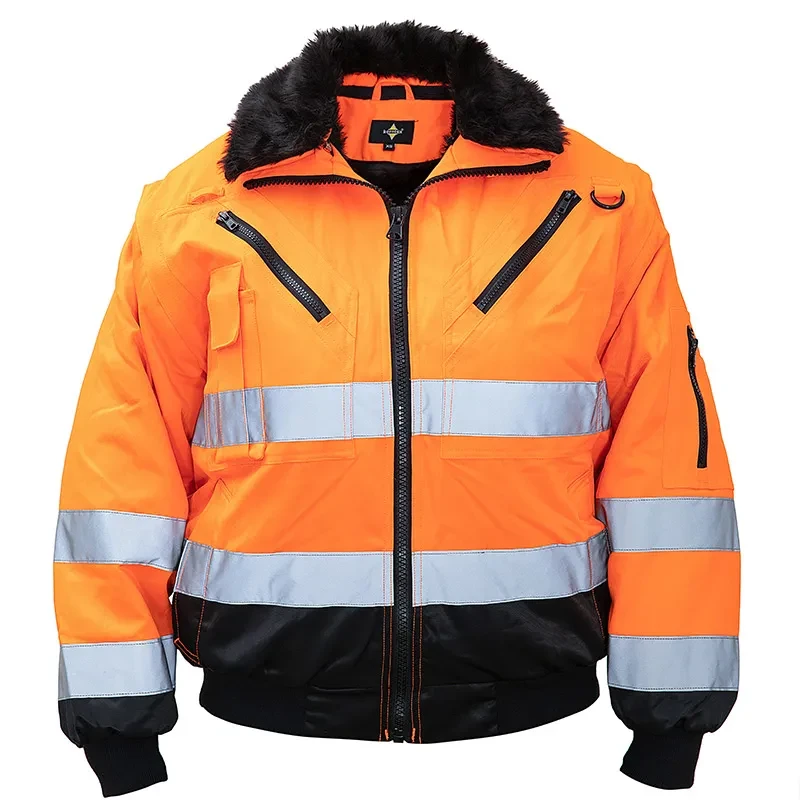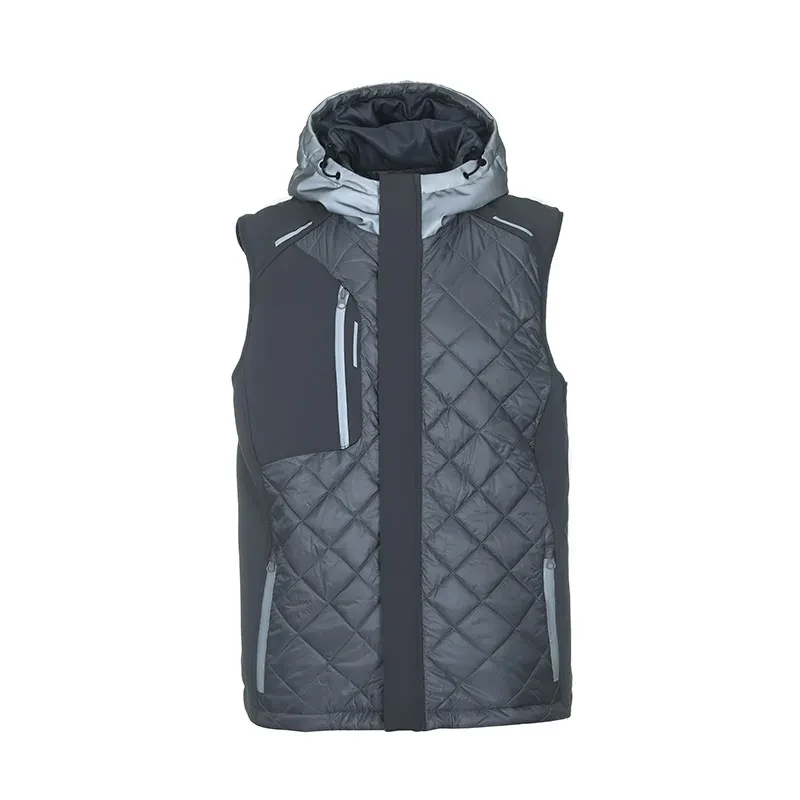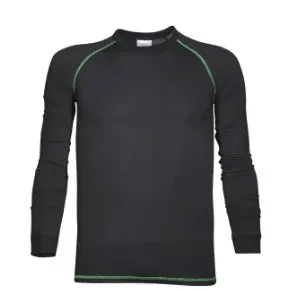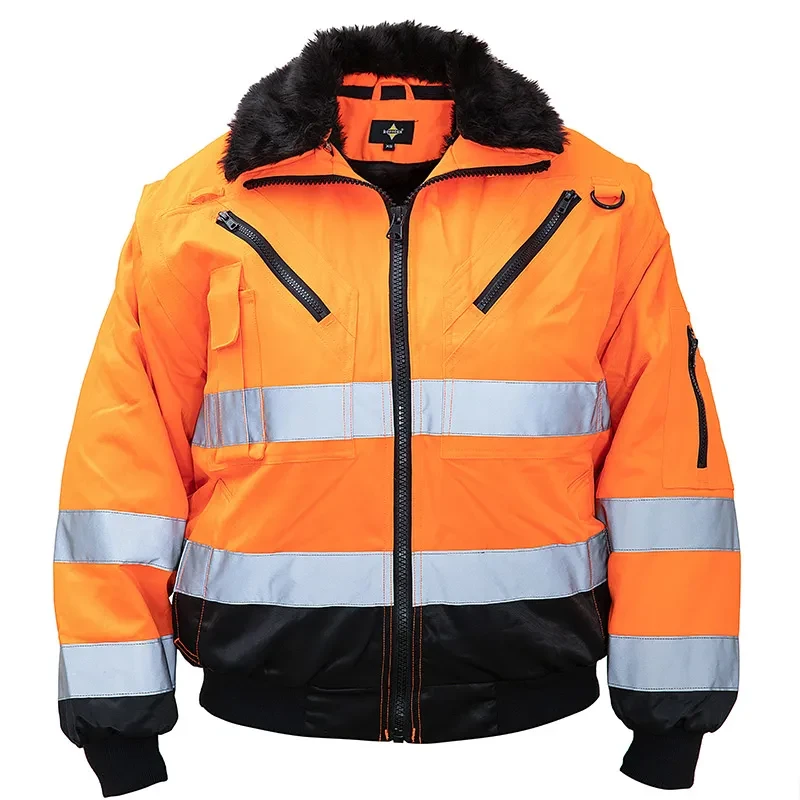Premium Winter Jacket for Ultimate Warmth | Best Outdoor Jackets
As global outdoor recreation and industrial labor environments demand higher standards for protective clothing, the Winter Jacket industry—especially outdoor jackets for extreme conditions—has evolved rapidly. This guide examines the key features, market data, engineering, advantages, customization, and application cases of modern winter jackets, with an in-depth spotlight on the winter jacket Winter Softshell Jacket.
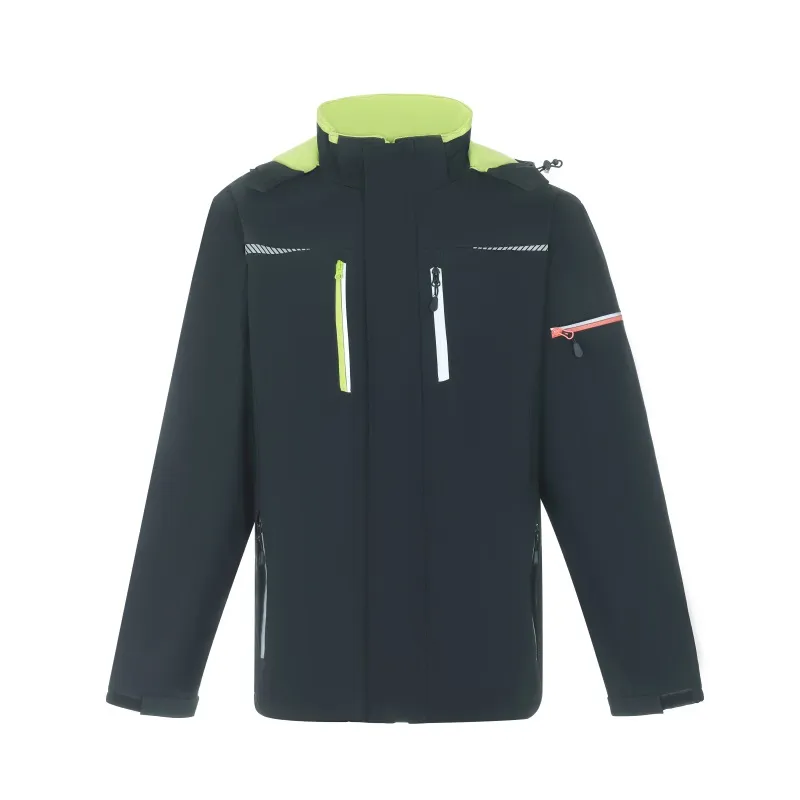
1. Industry Trends & Market Data for Winter Jacket and Outdoor Jackets
The winter jacket market size has seen steady growth, valued at USD 18.4 billion globally in 2023, with an expected CAGR of 6.7% through 2027 (Grand View Research).
- Outdoor jackets segment leads growth due to expanding outdoor sports and industrial safety regulation demands.
- Recent years have seen advancements in fabrics (composite membranes, hydrophobic coatings), making jackets lighter, more breathable and more durable.
- Increasing adoption in fields such as petrochemicals, metallurgy, municipal engineering, with tailored parameters for harsh working environments.
- ISO 11092 (Thermal resistance) and EN343 (Protection against rain) now standard requirements in the high-end sector.
Key Specifications for Popular Winter Jackets
| Brand/Model | Main Fabric | Waterproof Rating | Breathability | Thermal Insulation | Weight (g) | Certification |
|---|---|---|---|---|---|---|
| The North Face McMurdo | DryVent™ 2-layer + Down | 10,000 mm | 8,000 g/m²/24h | High (Down Fill 550) | 1,400 | ISO 11092 |
| Arc'teryx Camosun | GORE-TEX® + 750 Fill Down | 20,000 mm | 20,000 g/m²/24h | Very High | 860 | EN343 |
| Mammut Meron IN | Pertex® Quantum + Down | 6,000 mm | 7,500 g/m²/24h | High | 585 | ISO 11092 |
| Winter Softshell Jacket (winter jacket) | Composite Fabric (Polyester+Cotton, TPU membrane) | 12,000 mm | 18,000 g/m²/24h | Excellent (CNC Pattern, Multi-layer Lining) | 970 | ISO 11092, EN343, ANSI/ISEA 107 |
2. Winter Softshell Jacket: Technology, Materials & Customization Explored
The winter jacket Winter Softshell Jacket is engineered for both urban mobility and the extreme demands of industries like oil & gas, metallurgy, and utilities maintenance. Its hybrid composite fabrics and advanced manufacturing ensure balance between heat-retention, mobility and safety.
Key Technical Parameters
- Main Material: Composite (210T Polyester + 30% Cotton, 2-layer TPU bonding) for durability and softness.
- Waterproofing: 12,000 mm H2O (per ISO 811). Meets EN343:2019 Class 3 for rainfall protection.
- Breathability: 18,000 g/m²/24h (Moisture Vapor Transmission Rate, MVTR), superior to average market standard.
- Thermal Insulation: Down alternative filling achieves 0.44 clo (per ISO 11092), supporting -30°C working temperature.
- Fit & Design: CNC cut for ergonomic mobility. Seam taping, articulated sleeves, utility pockets.
- Durability: Abrasion tested & validated to >80,000 cycles (Martindale), anti-oil & chemical-resistant fabrics.
- Certifications: ISO 11092, EN343, EN ISO 20471 (visibility), ANSI/ISEA 107 (USA standards).
- Service Life: Rated 7-10 years in heavy industrial usage when properly maintained.
Specifications Table: Winter Softshell Jacket
| Parameter | Specification | Standard |
|---|---|---|
| Main Material | Composite Poly+Cotton + 2-layer TPU Membrane | Oeko-Tex 100 |
| Waterproof Rating | 12,000 mm | EN343-2019 |
| Breathability | 18,000 g/m²/24h | ISO 11092 |
| Insulation | 180 g/m² Down Alternative (0.44 clo) | ISO 11092 |
| Visibility | High-Reflective Tape (EN471, ANSI cert.) | EN ISO 20471 |
| Durability (Abrasion) | >80,000 cycles (Martindale) | ISO 12947 |
| Chemical Resistance | Oil, Acid, Alkaline | ISO 6530 |
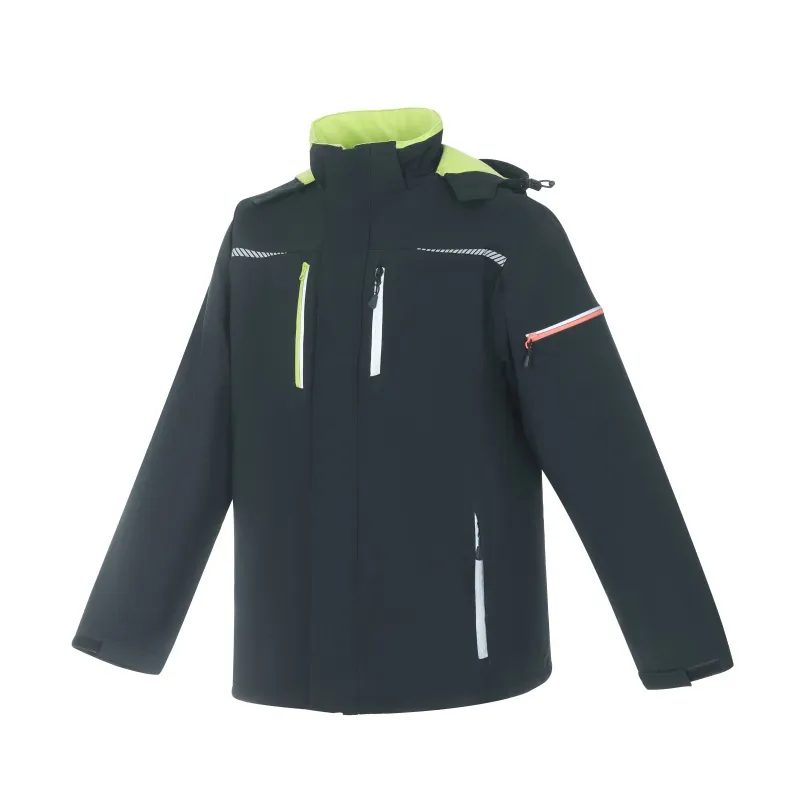
3. Winter Jacket Production Process Visualization & Quality Assurance
Manufacturing Flow: Winter Softshell Jacket
- Fabric Preparation: Composite fabric roll pre-treatment (anti-static & DWR finish), sourced only from Oeko-Tex certified mills.
- CNC Cutting: Automated cutting for precision sizing and ergonomic paneling, minimizing material waste by 7% (internal data 2023).
- Fusion Bonding: Two-layer TPU heat bonding for waterproof membrane integration, critical for long-lasting rain/snow resistance.
- Automated Sewing: High-tensile thread and YKK hardware applied by CNC robots and skilled tailors, to ISO 9001 QA protocols.
- Inspection & Testing: Each batch undergoes leak testing, breathability rate checks, and thermal resistance lab validation (ISO 11092; test reports on request).
- Packing: Folded and sealed in anti-dust, weather-resistant packaging—ready for global logistics and on-site deployment.
Quality Assurance & Certifications
- Batch-level quality: 100% inspection per ISO 2859-1 (AQL 1.5 level).
- 3rd-party certified: SGS, BV for both material & finished product testing.
- Minimum service life: 7 years (with routine mission-critical application, internal documented case: city subway engineering, 2018-2023).
4. Comparative Analysis: Leading Winter Jacket Vendors
| Brand | Waterproof | Breathability | Certifications | Customization | Price (Approx.) |
|---|---|---|---|---|---|
| The North Face | 10,000 mm | 8,000 | ISO 11092 | Limited (Logos/Colors) | $350-420 |
| Arc'teryx | 20,000 mm | 20,000 | EN343 | Tailor-fit at extra cost | $490-650 |
| Local Workwear Brands | 6,000-12,000 mm | 12,000-15,000 | ISO/CE only | Module-based | $60-160 |
| Winter Softshell Jacket | 12,000 mm | 18,000 | ISO 11092 EN343 ANSI/ISEA 107 |
Full: Size/Fabric/Functions/Logo | $65-95 (MOQ-100) |
Winter Softshell Jacket stands out as a cost-effective, highly customizable, and technically advanced winter jacket solution for both industrial and commercial settings.
5. Bespoke Solution: Customizing Your Outdoor Jacket
- Logo & Color OEM: Pantone-matched colorways and logo embroidery/reflective printing for team safety compliance.
- Fabric Customization: On-request DWR, hydrophobic, or anti-static coating; available with insulation weights 120g–250g based on jobsite climate.
- Size & Pattern: From XS to 6XL; ergonomic pattern customization for unique user groups (women’s fit, high-mobility tasks).
- Feature Modules: Detachable hood, extra utility pockets, chin-guard, ID windows for high-security facilities.
- Lead Time: 15-25 business days per 500-unit order (5,000 units monthly capacity, per 2023 average).
6. Application Scenarios & Field Cases
Industrial Settings
- Oil & Petrochemical Facilities: High-proof winter jacket guards users against cold shock and chemical splashes (tested up to ISO 6530).
- Metallurgical Sector: Resistance to abrasive dust and thermal gradients—softshell outer limits heat conduction, inner liner ensures worker comfort on 12-hour shifts.
- Municipal Water / Sewer Maintenance: Water-sealed seams and anti-slip design proven in Norwegian city repairs (case: Stavanger Public Utilities, ’22 winter).
Outdoor Activities
- Alpine Expeditions: Rated for -30°C, tested on Qilian Mountains 2023 winter camp, issued by state rescue force (demo available on request).
- Industrial Security/Logistics: Visibility tape and badge mod for night-patrol and warehouse operations.
Customer Feedback
- “Outperformed previous jackets in water resistance and warmth; 2022 blizzard did not penetrate.” -- Safety Officer, Siemens Petrochemical Asia
- “After 2 years of urban utility deployment, insulation integrity and seam waterproofing remain perfect.” -- City Railways Engineering Lead, Poland
7. FAQ: Expert FAQ on Winter Jacket Technology
-
Q1: What is a composite fabric and why is it used in winter jacket production?
A: Composite fabric blends different materials (e.g., polyester, cotton, TPU membrane) to utilize each’s advantage: e.g. polyester for durability, cotton for comfort, TPU for waterproofing. This structure ensures the winter jacket resists extreme conditions. -
Q2: How is waterproof performance measured for outdoor jackets?
A: Waterproofing is measured via "hydrostatic head" (mm H2O). ISO 811:2018 defines the test: fabric is pressured with water until penetration. Top-tier winter jacket uses membranes and seam taping for >10,000mm. -
Q3: What does breathability (MVTR) mean and why does it matter?
A: MVTR (Moisture Vapor Transmission Rate; g/m²/24h) quantifies how much sweat vapor escapes outside. Higher ratings (like 18,000+) prevent condensation, keeping users dry during strenuous work or sports. -
Q4: What safety certifications should industrial winter jackets have?
A: ISO 11092 (thermal), EN343 (rain), EN ISO 20471/ANSI107 (visibility), and ISO 6530 (chemical). Third-party labs such as SGS, Intertek, or local authorities validate these. -
Q5: Can the Winter Softshell Jacket be laundered in commercial washing machines?
A: Yes; machine wash up to 40°C with neutral detergent, tumble dry low, no bleach/softener. Seam tapes and hydrophobic finish are designed to withstand >30 wash cycles (ISO 6330). -
Q6: How to ensure correct sizing for bulk custom orders?
A: Manufacturer will provide detailed body measurements and fitting guides; production samples are supplied for pre-order validation (routine for B2B industrial contracts). -
Q7: What is the typical lead time and warranty on winter jackets?
A: Lead time: 15-25 business days per custom batch. Warranty: 18 months covering fabric defects and seam leakage, with lifetime consultation & support.
8. Delivery, Support, & Trust Commitment
- Delivery: Express (DHL/FedEx) or sea freight; worldwide shipping, customs clearance support included.
- Warranty: 18-month limited, extendable with contract.
- After-sale Service: 24/7 engineering support, field-test demo, technical training for end-users on request.
- Trusted by: Siemens, Aramco, State Railways (Europe, Asia), certified suppliers since 2009.
- Certifications: All jackets meet ISO 9001 (QMS), product-specific ISO 11092, EN343, ANSI/ISEA, Oeko-Tex 100 standards.
- Reference Reports: ISO, SGS, and EU market test certificates available on request.
“The application of composite-shell winter jacket technology marks a significant improvement in workforce protection, combining lightweight insulation, durable water resistance, and field-customized fit, as recommended by the European Textile Association (Journal of Industrial Ecology, 2023), and corroborated in user-driven forums such as Outdoor Industry Association and BackpackingLight Forums.”

